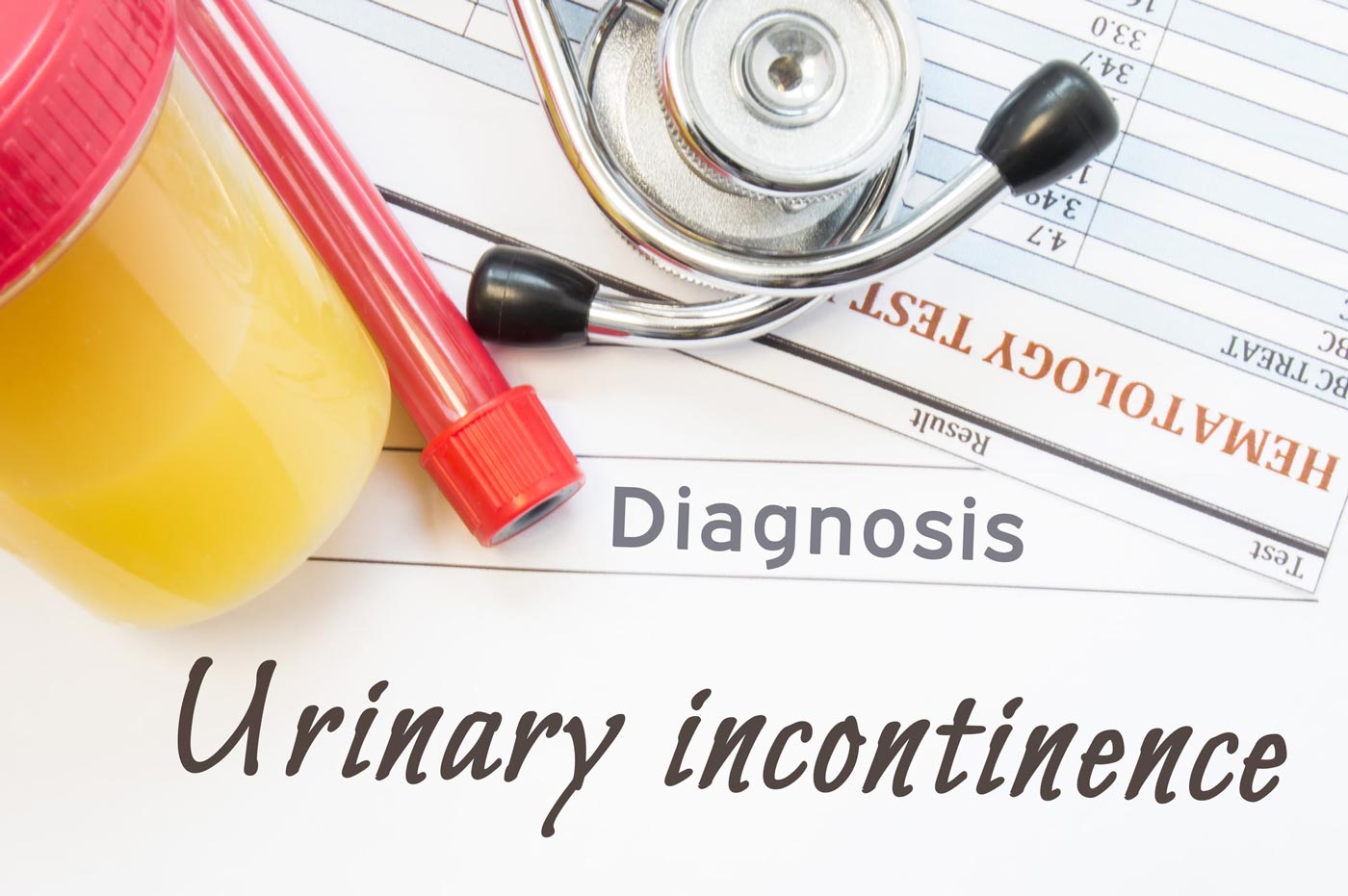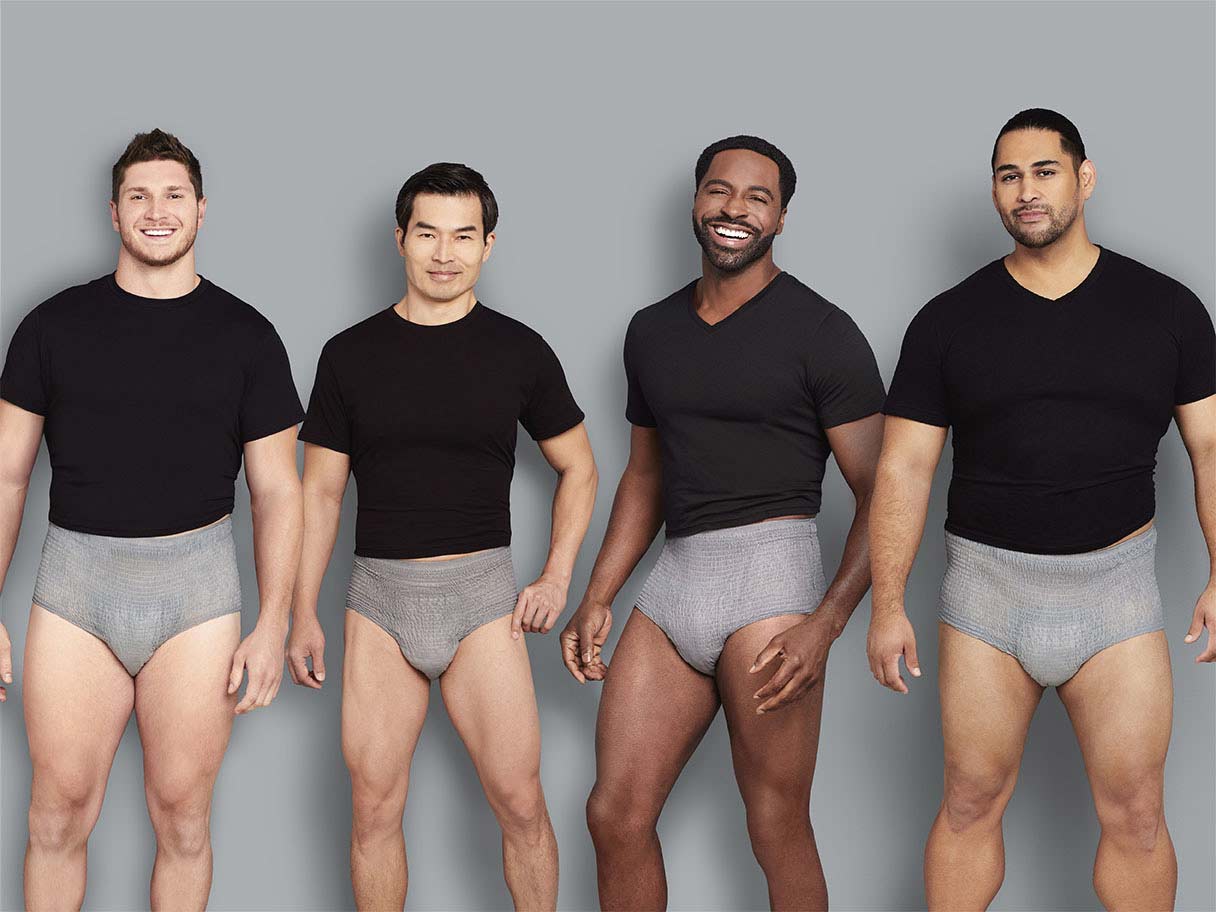Petite vessie
Petite vessie
Que voulons-nous dire par petite vessie?
Premièrement, clarifions la confusion entre une petite vessie et une vessie hyperactive. Sur le plan anatomique, il est très peu probable que quiconque ait une petite vessie. Nos organes internes n’ont pas tendance à être différents d’une personne à l’autre.
Cependant, il est possible d’avoir une petite vessie fonctionnelle, ce qui signifie que votre vessie, pour un certain nombre de raisons, ne peut pas contenir beaucoup d’urine. Les muscles de la vessie (détrusor) ou les muscles du sphincter de la vessie deviennent trop actifs et, par conséquent, il y a un besoin constant d’uriner.
C’est pourquoi, lorsque certaines personnes disent avoir une petite vessie, elles suggèrent en fait qu’elles ont une vessie hyperactive.
Qu’est-ce qu’une vessie hyperactive?
Une vessie hyperactive est un état résultant de la contraction soudaine et involontaire du muscle de la paroi de la vessie.
Une vessie hyperactive provoque une envie incontrôlable et irrépressible d’uriner et un besoin fréquent d’uriner tant le jour que la nuit, même si la vessie ne contient qu’une petite quantité d’urine. On l’appelle parfois le syndrome de la petite vessie.
La maladie touche entre 14% et 18 % des adultes (NCBI), les femmes étant plus souvent atteintes que les hommes. L’incidence augmente également avec l’âge.
Qu’est-ce qui cause une vessie hyperactive?
La cause exacte d’une vessie hyperactive demeure un mystère. Cependant, on sait que plusieurs facteurs contribuent à la contraction involontaire du muscle vésical, à un mauvais fonctionnement de la vessie et à d’autres symptômes associés à une vessie hyperactive.
Voici quelques anomalies du système nerveux qui peuvent causer une vessie hyperactive :
- Blessure à la moelle épinière
- AVC
- Maladie de Parkinson
- Démence
- Sclérose en plaques Parmi les autres causes de vessie hyperactive, on peut citer :
- Atteinte nerveuse ou le traumatisme causé par la chirurgie ou certaines thérapies
- Traumatisme au bassin ou à l’abdomen (p. ex. un accident de voiture)
- Infection urinaire
- Calculs vésicaux
- Cancer de la vessie/tumeurs
- Hypertrophie de la prostate
- Âge : le risque de vessie hyperactive augmente avec l’âge.
- Genre : les femmes ont tendance à être plus sensibles que les hommes, car les menstruations, la grossesse et la ménopause entraînent toutes une augmentation des niveaux d’œstrogènes et un affaiblissement des muscles du plancher pelvien. Chez les hommes, une prostate hypertrophiée ou des lésions dues à une opération de la prostate peuvent entraîner une vessie hyperactive.
- Obésité : l’augmentation du poids exerce une pression supplémentaire sur la vessie.
- Diabète : le diabète peut affecter les nerfs qui contrôlent la fonction de la vessie.
- Grossesse : elle peut provoquer une pression excessive sur la vessie.
- Atteinte spinale : les lésions de la moelle épinière peuvent perturber les signaux envoyés à la vessie, provoquant une contraction involontaire des muscles de la vessie.
Quels sont les symptômes d’une vessie hyperactive?
Les symptômes d’hyperactivité de la vessie peuvent comprendre :- Une envie soudaine et irrésistible d’uriner: Ce symptôme peut apparaître très rapidement et sans aucun avertissement.
- L’incontinence à l’effort: Cela se produit lorsque vous perdez soudainement vos urines après avoir ressenti un besoin urgent et immédiat d’aller aux toilettes. Il y a aussi un sentiment de ne pas pouvoir rejoindre la salle de bain assez vite.
- Fréquence: Il s’agit du besoin d’uriner plus souvent qu’à l’habitude, parfois plus de 8 fois dans une période de 24 heures. Souvent, le besoin d’uriner est toujours présent, que l’apport en liquide soit limité ou non.
- Polyurie nocturne: Cela se produit lorsqu’une vessie hyperactive vous réveille pour aller aux toilettes plusieurs fois pendant la nuit au point de perturber votre cycle de sommeil.
Comment le diagnostic de vessie hyperactive est-il posé?
Votre médecin prendra en considération tous les symptômes associés à une vessie hyperactive. En fait, il peut être judicieux de tenir un journal de la vessie pour aider à évaluer l’étendue de votre état.
Le médecin procédera également à un examen pelvien pour les femmes ou à un examen de la prostate pour les hommes afin de vérifier tout signe physique qui pourrait en être la cause.
Par ailleurs, d’autres examens peuvent être demandés afin que les options de traitement appropriées puissent être envisagées et poursuivies. Ces examens peuvent comprendre :
- Examen neurologique: ce test vérifie vos réflexes et vos réponses sensorielles.
- Test à la toux: Ce test consiste à boire du liquide, à se détendre puis à tousser pour voir si le stress ou l’effort physique provoque une incontinence urinaire.
- Analyse d’urine: Il s’agit de tester un échantillon d’urine pour détecter des anomalies comme le sang, le glucose et toute bactérie.
- Bilan urodynamique: Ce bilan mesure la capacité de la vessie à se vider correctement et indique si la vessie se contracte involontairement ou non.
- Débitmétrie urinaire: Cet examen permet de mesurer le volume et la vitesse de miction et vérifier la présence d’obstructions comme les calculs vésicaux.
Quels sont les traitements pour une vessie hyperactive?
Une fois que des tests auront été effectués pour déterminer la cause de votre vessie hyperactive, votre médecin vous proposera une solution qui atténuera vos symptômes et minimisera les effets secondaires éventuels. Bien que l’objectif soit évidemment de trouver une solution simple et efficace, il peut s’agir d’un traitement ou d’une combinaison de traitements comprenant des changements de mode de vie, des médicaments et/ou une intervention chirurgicale.Modifications du mode de vie
- L’entraînement de la vessie et la miction programmée: Cette méthode apprend à la vessie à retenir l’urine de façon constante au fil du temps, ce qui peut aider à développer une tolérance à l’urgence qui accompagne une vessie hyperactive.
- Double miction: Il s’agit d’uriner deux fois dans l’intervalle de quelques minutes afin d’évacuer toute urine résiduelle dans la vessie.
- Exercices de Kegel: Il s’agit d’exercices pelviens destinés à aider à gérer l’incontinence d’urgence provoquée par une vessie hyperactive en renforçant les muscles du plancher pelvien et du sphincter urinaire.
- Gestion des liquides et de l’alimentation, y compris:
- le maintien d’un calendrier de l’horaire et de la quantité de l’apport quotidien en liquide
- limiter la caféine et les boissons acides telles que le café, les jus de canneberges et d’agrumes
- Limiter l’alcool
- manger des aliments riches en fibres, comme les graines de lin, ou prendre des suppléments de fibres
- Maintenir un poids et un indice de masse corporelle (IMC) sains
- Cathétérisme intermittent: Cela peut être fait à la maison et consiste à insérer un tube fin dans l’urètre chaque fois que vous avez besoin d’uriner. Cette procédure est assez invasive, c’est pourquoi nous vous recommandons de parler d’abord avec votre médecin pour voir si cette procédure vous convient.
Médicaments pour la vessie hyperactive
Certains médicaments sont connus pour aider à réduire et à soulager les symptômes associés à une vessie hyperactive. Comme les traitements médicamenteux présentent leur propre ensemble de risques et d’effets secondaires, ils ne sont pas adaptés à tout le monde, alors laissez votre médecin déterminer lesquels de ces médicaments vous conviennent, le cas échéant.- Anticholinergiques
- Antidépresseurs
- Œstrogène
- Toxine botulinique de type A (Botox)
Quelles sont les complications d’une vessie hyperactive?
Parmi les complications courantes résultant d’une vessie hyperactive, on peut citer :- Qualité de vie perturbée
- Diminution de l’activité sexuelle
- Interactions sociales réduites
- Dépression
- Déshydratation
- Fatigue (en raison de la polyurie nocturne)
- Baisse de productivité
- Infections urinaires
- Irritation et infections de la peau
- Calculs vésicaux
- Chutes et fractures chez les personnes âgées






